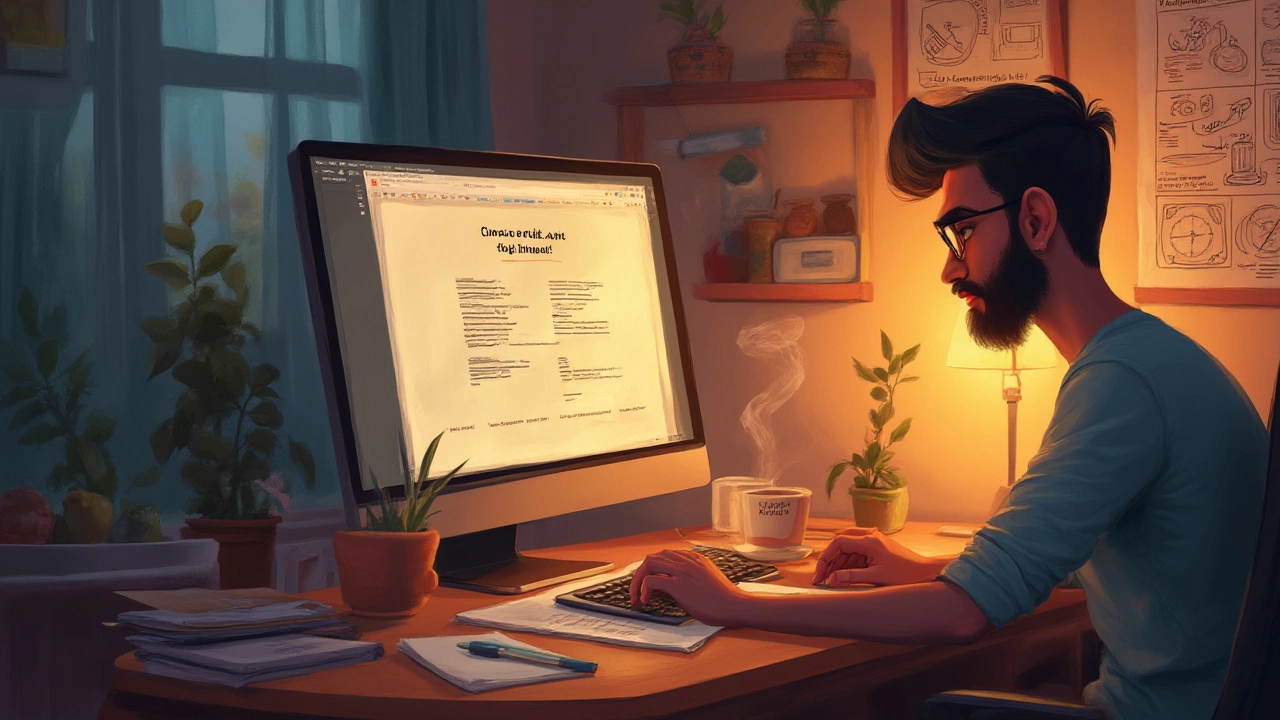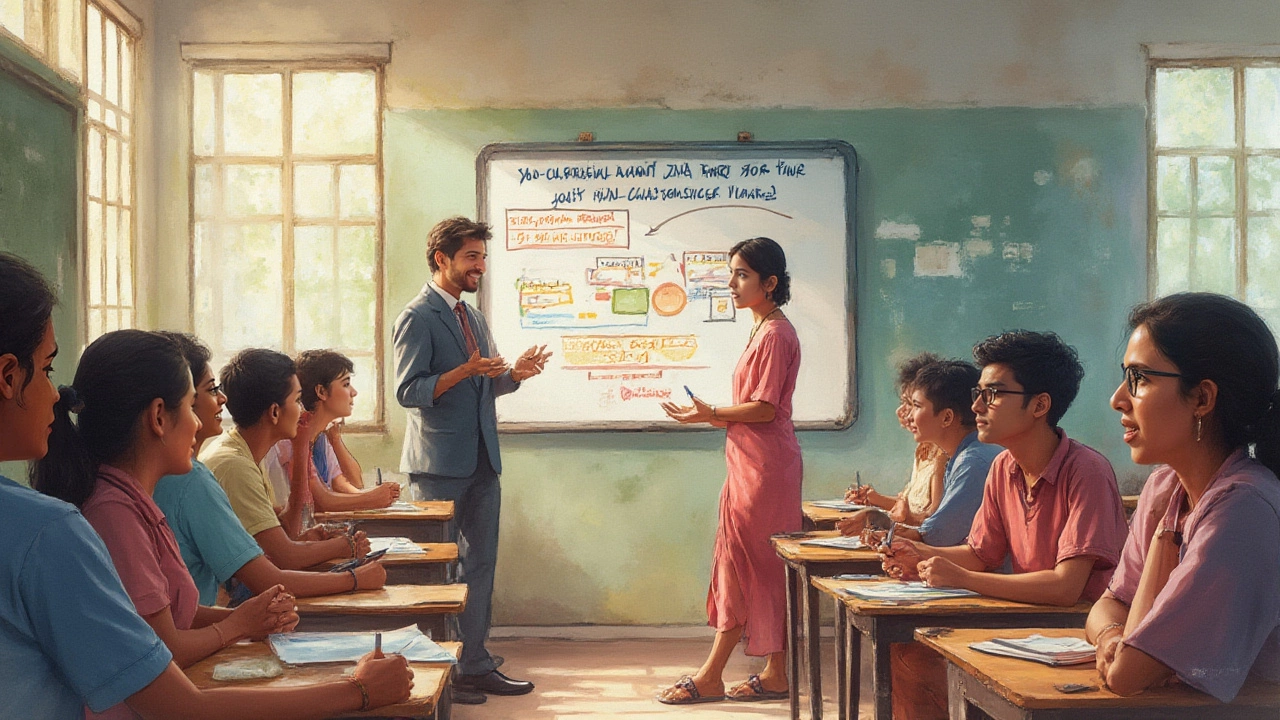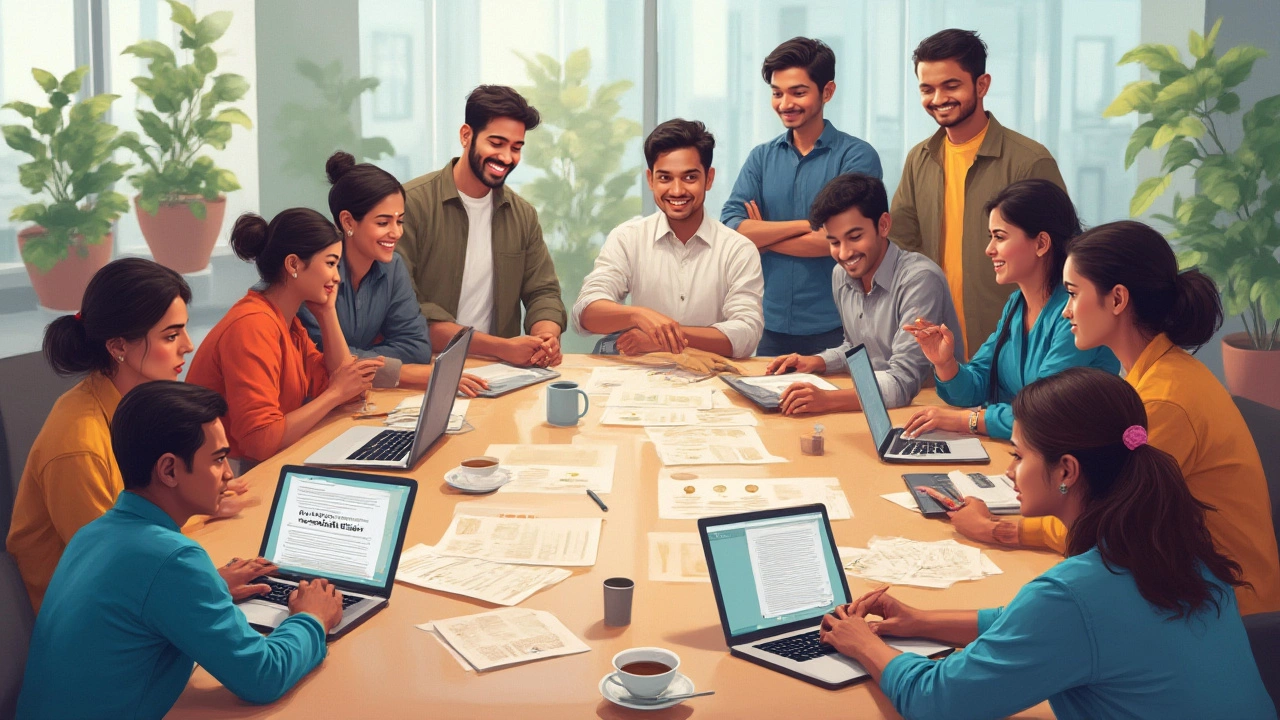You’ve probably seen the phrase “licensed for non-commercial use” while downloading a photo, using free design software, or even searching for floorplans in building projects. But what does it actually mean? It sounds simple, but dig a little deeper and it turns out the answer matters a lot—especially if you have a business, a blog, or you’re about to post something online. It’s not just about playing by the rules—it’s about steering clear of fines you didn’t see coming and keeping your projects drama-free.
What Is a 'Licensed for Non-Commercial' Work?
When something’s labeled “licensed for non-commercial use,” it means you can use it—an image, a plan, a song, a tool—as long as you’re not making money off it. That sounds easy at first, but what counts as “commercial?” The line might be fuzzier than you think. For example: did you know that even running ads on your blog can count as commercial use? Or that using stock photos in a non-profit campaign isn’t automatically non-commercial if the non-profit is soliciting donations?
Let’s backtrack: who even decides what license content has? Creators and copyright holders. They choose how their work is shared, and they can set rules. A “non-commercial license” is super common, especially for Creative Commons (CC) content, free software, or academic projects. These licenses let others use, share, and sometimes remix the work—so long as nobody’s cashing in.
Here’s the sticky part: if you use non-commercial content for work stuff—think company flyers, marketing videos, or website backdrops—you’re treading on thin ice, even if your company’s not directly making a profit from that image. If the use helps a business, in any way, courts might call it commercial. The simplest tip? When in doubt, don’t use non-commercial works on anything connected to money or business.
Common Examples: Where People Get It Wrong
Every year, thousands of people—students, teachers, small business owners—get tripped up by the "non-commercial" label. Here’s where things often go sideways:
- Embedding a “non-commercial” background track in a YouTube video that’s monetized. Even if you just make $5, that’s commercial.
- Using a non-commercial photo on the homepage of your home-renovation business. Doesn’t matter if you’re not charging for the photo, your site is commercial.
- Non-profits that sell event tickets or fundraise using non-commercial art. Raising money, even for good causes, can still be considered commercial activity.
- Schools posting student projects online, if their website runs ads or the school charges tuition. That blurry line again.
- Construction companies sharing floorplans marked “non-commercial” in their promotional materials. If it lands you a new client, that’s commercial.
I’ve even seen small construction firms use "free for non-commercial use" CAD files in bids to impress clients. No payment for the files, but the use still gives them a business edge. If you find yourself unsure, take a minute to check the license or, better yet, email the creator—it could save you a lot of headaches later.

Why Non-Commercial Licenses Exist—and How They’re Enforced
You might wonder, why put a non-commercial label on something, instead of just keeping it private? It’s about balance. Creators want to share, get credit, and help others learn—but aren’t looking to give away their hard work to folks who stand to make money off it. Think of architects posting demo plans on their portfolio, or musicians sharing tracks for classmates' projects. They’re happy to help as long as nobody’s making bank off their effort.
But what if someone crosses the line? Non-commercial licenses are no joke. Copyright law gives creators teeth to bite back. Violations mean creators can ask for work to be taken down (DMCA takedowns), demand credit, or, in bad cases, sue for damages—especially if someone profits from what was supposed to be a free ride. There was a real case where a photographer sued a travel site for turning her "non-commercial only" images into postcards—the court sided with her, and the site lost a chunk of cash.
If you’re in any sort of business, getting hit with a copyright claim is no small deal. Fines can run into five figures, legal hassles can drag on, and getting content yanked offline can stomp your reputation. The upshot? Non-commercial isn’t just a suggestion. It’s a legal promise you have to keep.
Tips to Stay Clear of Copyright Drama
Navigating licenses doesn’t have to feel like walking a legal minefield. A few street-smart tips help make sure you’re not crossing the line:
- Read every license. Boring, yes, but worth it. Don’t assume everything labeled “free” is okay for business use. “Non-commercial” means hands off for any business or revenue-seeking project.
- If you want to use something for work, check if the creator sells a commercial license. Many do! Sometimes it’s as cheap as a fancy coffee, and it buys you peace of mind.
- Use reputable image and design libraries (like Shutterstock, Adobe Stock, or industry-specific sites) that spell out license terms. They’ll list what “commercial use” really means for their content.
- Mark your own projects. If you’re sharing design templates or blueprints, label them clearly: “non-commercial use only” or “okay for business.” It’s just being a good online neighbor.
- Get written permission if you’re ever unsure. Just shoot a quick message to the content creator. Creators often appreciate being asked—some might even let you use their work for commercial purposes if you give proper credit or a small fee.
- Don’t trust Google Images searches. A filter for “labeled for reuse” doesn’t catch license details. Always check the actual image page.
| Term | What It Means |
|---|---|
| Non-Commercial | You can use it unless the use brings in money—or helps someone else make money. |
| Commercial | The use directly or indirectly generates revenue, business leads, or promotional benefits. |
| Creative Commons (CC) | A set of licenses from CC0 (do anything) to CC BY-NC (credit, no commercial use). |
| DMCA Takedown | A legal process to remove content if copyright rules are broken. |
Remember my dog Max? Even he can sense trouble before it arrives. Think before you hit "download" or "upload"—sometimes, sniffing out the risk upfront is all it takes to stay out of legal hot water.

When in Doubt: Use or Don’t Use?
So, faced with a cool blueprint or a snazzy photo marked “licensed for non-commercial use,” what should you do if your project even hints at money? Simple answer: don’t use it. Or, if you’re itching for that perfect image, contact the creator and ask about a commercial license. You might be surprised how open people are—it’s a win-win, because you get what you need without stealing or bending the rules.
If you’re still not sure, look for Creative Commons Zero (CC0) content. That license is as close as you get to “do whatever you want.” Public domain works are also fair game, but always double-check their status. The big trap people fall into is thinking that “no one will notice.” But algorithms and lawyers love to hunt for copyright violations, and the penalties are way steeper than most guess.
Quick gut check: if your use case lands in a gray area (like a classroom that sometimes charges for events, or a free construction club posting images online), play it safe and look for works marked “ok for commercial use.” Or better yet, make your own content. It’s the only way to keep your project both legal and uniquely yours.

Written by Fletcher Abernathy
View all posts by: Fletcher Abernathy